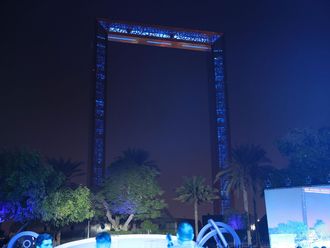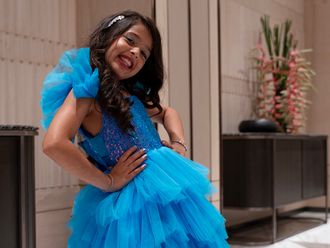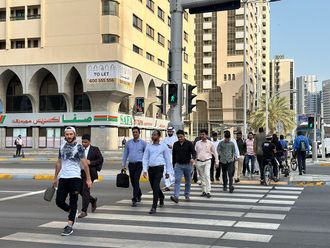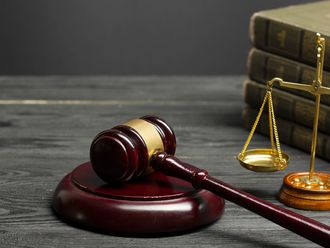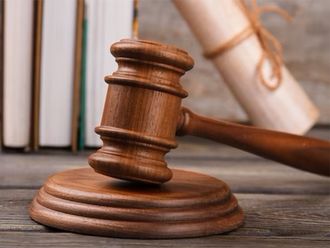This Ramadan, the ninth month of the lunar calendar will witness an unusual celestial event – the occurrence of solar and lunar eclipses in the same month.
However, residents in the UAE will be able to witness only a partial lunar eclipse in the middle of the month, and will not see the solar eclipse.
According to an Abu Dhabi-based amateur astronomer, the occurrence of both eclipses during Ramadan happens only every 20 to 23 years.
Ibrahim Obaidullah, head of the Emirates Heritage Club's Amateur Astronomers Group, told Gulf News that in Europe, Africa, the Middle East and most of the Western Hemisphere the total lunar eclipse in the early morning of November 9 will last just 24 minutes.
| ECLIPSE OF THE MOON | ||
| United Arab Emirates (Local time ) | ||
| h : m | ||
| Moonrise | 8-Nov | 16:22 |
| Start of eclipse | 9-Nov | 2:32 |
| Middle of eclipse | 9-Nov | 4:18 |
| Moonset | 9-Nov | 5:43 |
| Source: US Naval Observatory | GN graphic | |
In the UAE, Obaidullah said the lunar eclipse will end after the moon sets. The partial eclipse will begin here at 2:32am on November 9 and end more than three hours later.
Obaidullah said the solar eclipse will be visible in Antarctica, the extreme tip of South America, New Zealand's South Island, and most of Australia.
"It will begin over Antarctica at 19:22 GMT on November 23 (2:14am local time on November 24)".
Referring to the end of the solar eclipse, he said: "The phenomenon may herald the start of Eid Al Fitr and the end of Ramadan. The first day of Eid is likely to fall on November 25 in the UAE following the solar eclipse."
Obaidullah noted that according to their calculations, the first day of Ramadan is likely to fall on October 26. "The crescent moon will appear on the horizon at 4:44pm on Saturday, October 25."
The crescent will be visible in UAE for only three to five minutes after sunset.
When an eclipse of the Moon takes place, everyone on the night side of Earth can see it. About 35 per cent of all eclipses are of the penumbral type which are very difficult to detect, even with a telescope. Another 30 per cent are partial eclipses which are easy to see with the unaided eye. The final 35 per cent or so are total eclipses.


